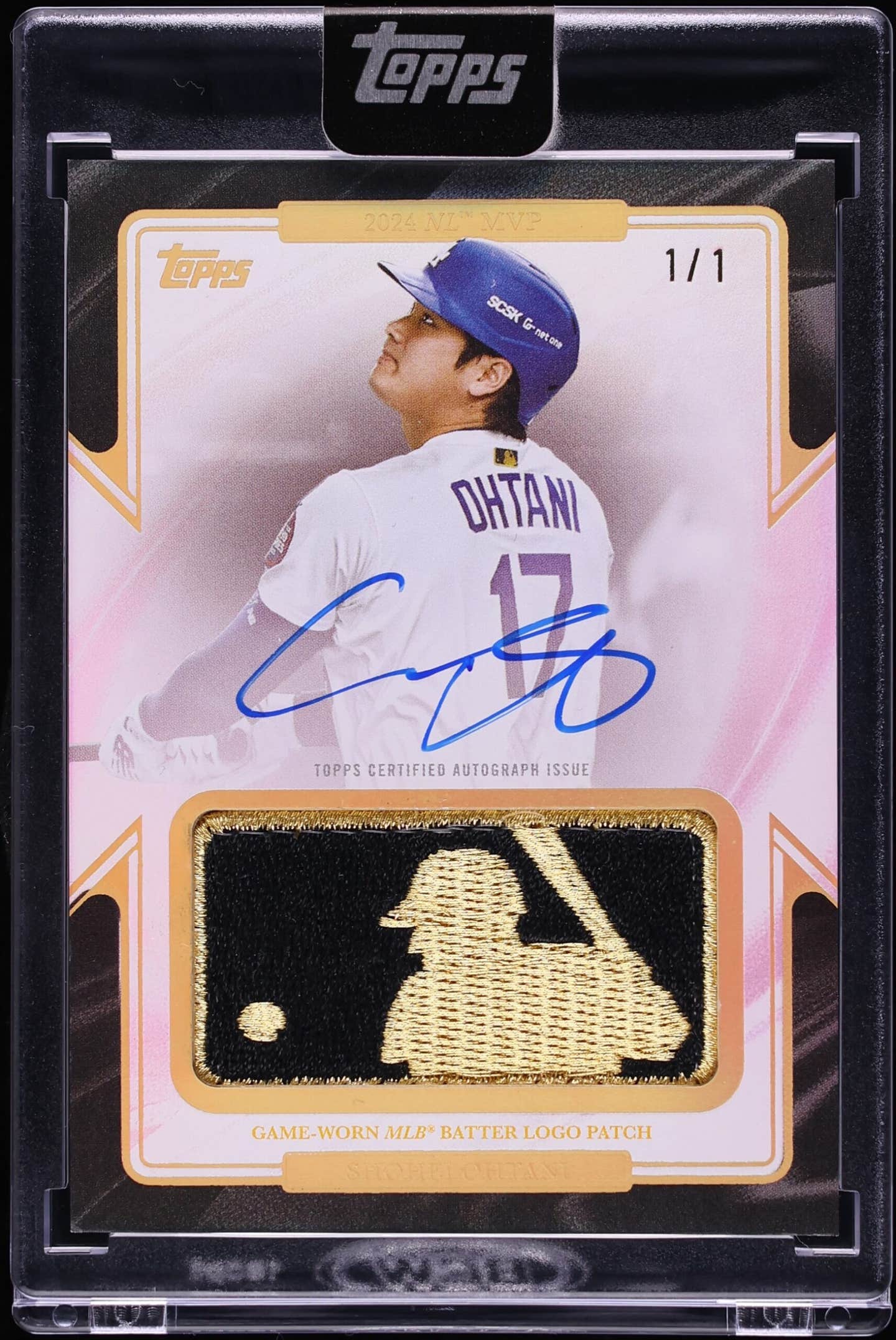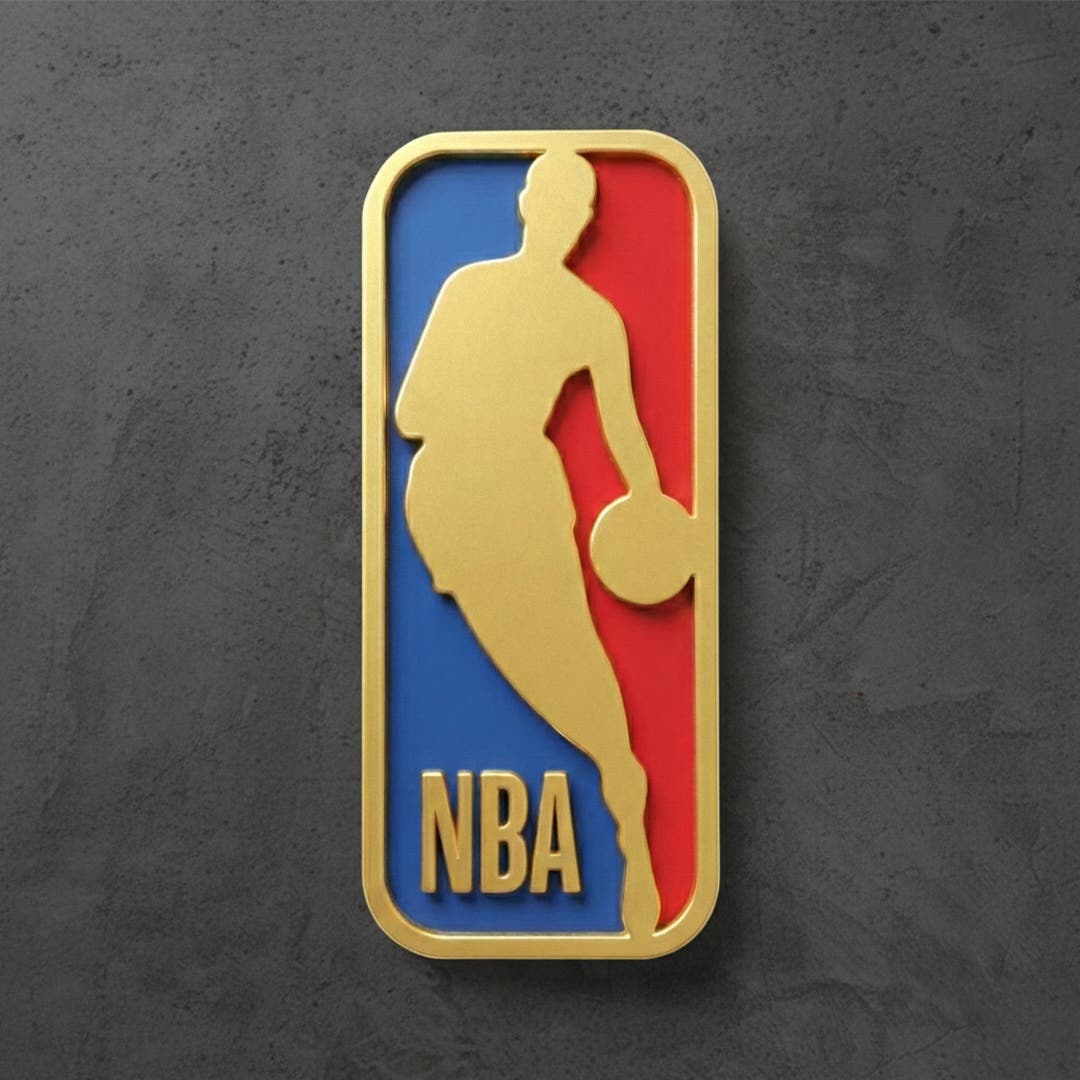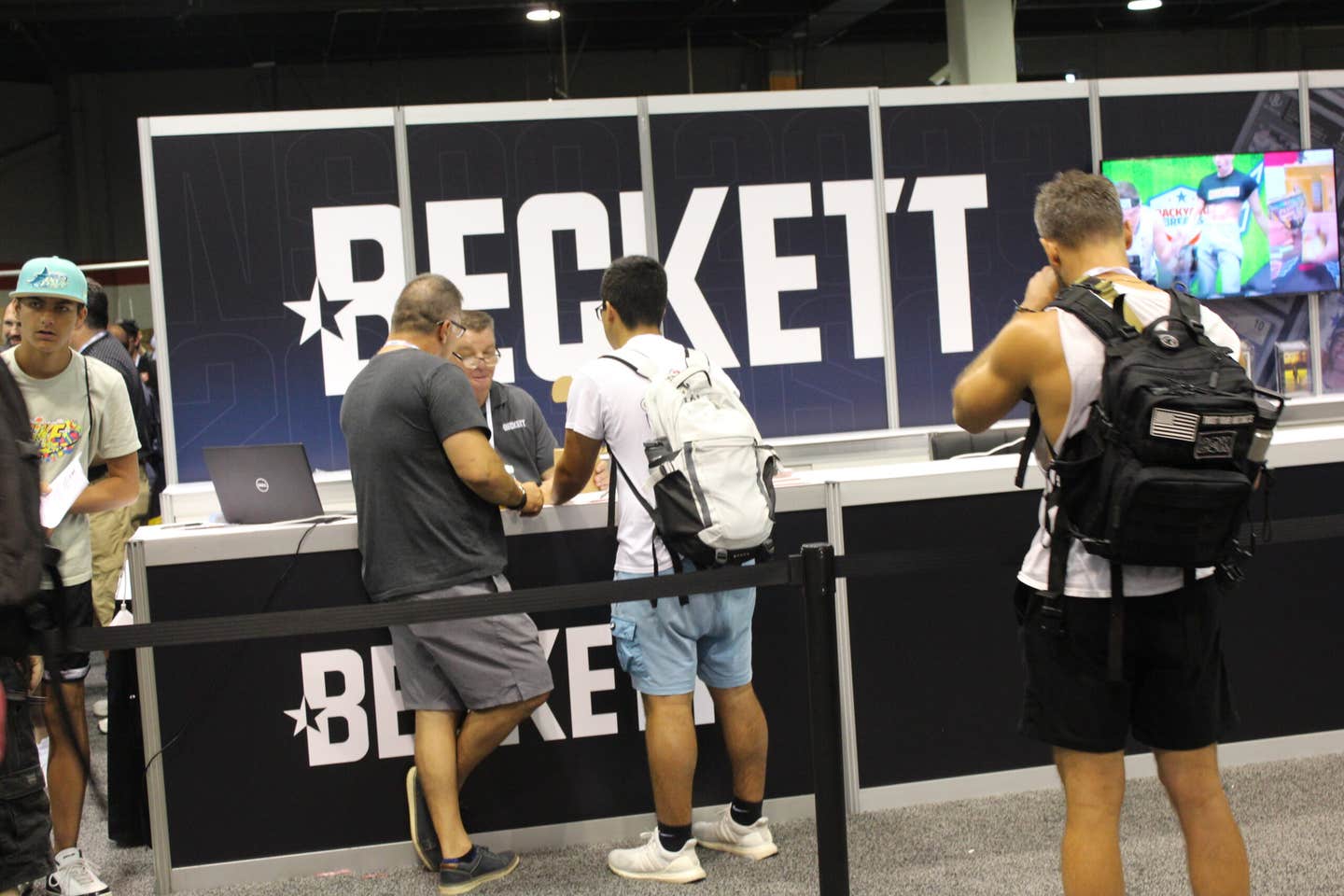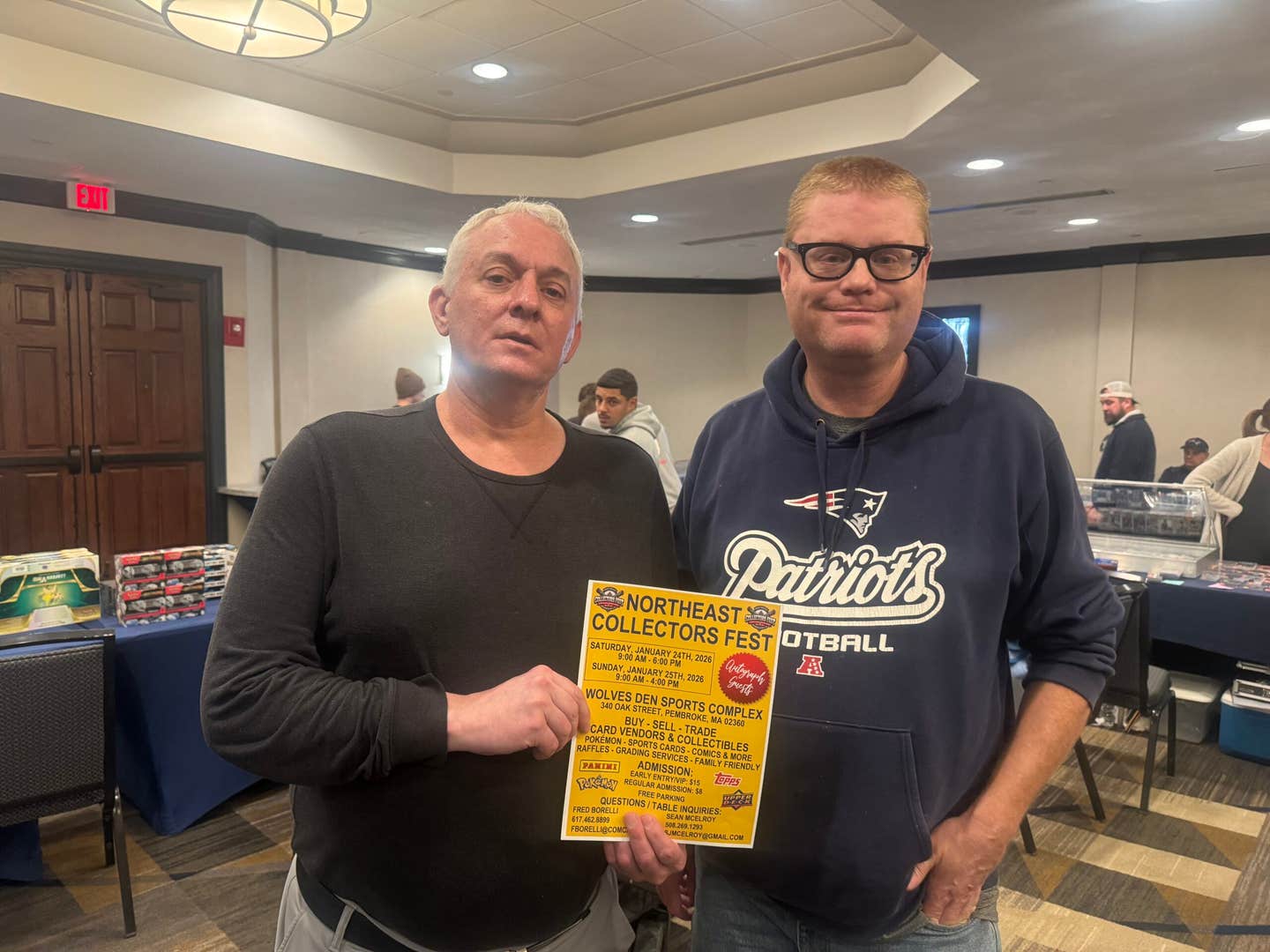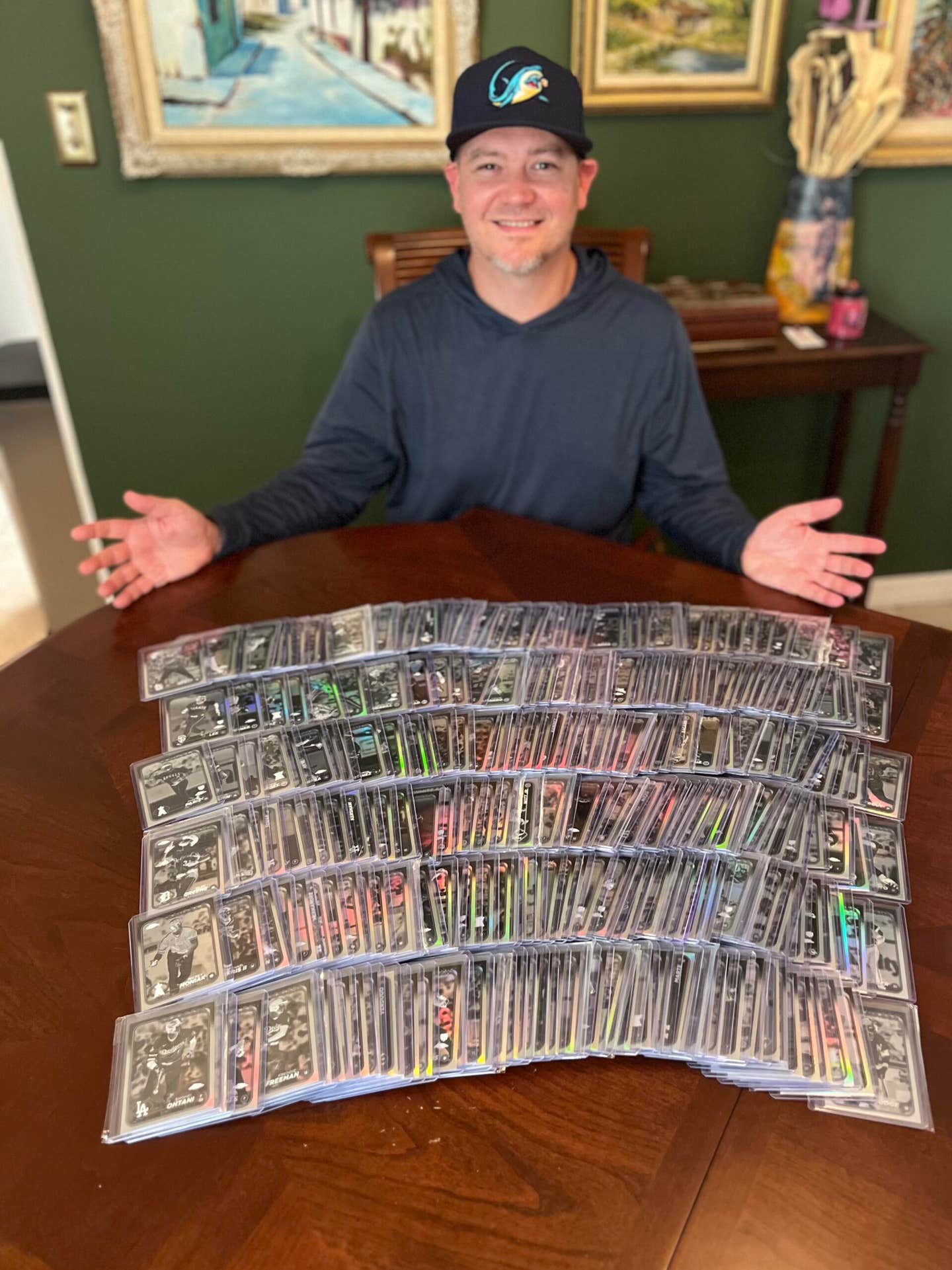Cards
Feeling Guilty About Upgrading 1959-60 Topps
It must have been somewhere around 1974 when I first realized there was a great big group of people out there collecting baseball cards and that I wasn’t alone. I was fresh out of the Navy, in college and working full time at a swanky restaurant in Upstate New York, and the stories had already started to creep into the mainstream media about how baseball card collectors were coming out of the closet (or maybe the attic) and that hanging on to your treasures wasn’t as sissified as previously believed.
I used to keep all my cards in alphabetical order, grouping my vintage Topps sets or near-sets from 1958 forward right in there with the TCMA stuff, the Laughlin World Series cards and the 1960s Fleer Hall of Fame issues. A very egalitarian system that kept me shuffling through virtually every one of the cards every couple of years.
I never did put them together as sets until around the end of the decade when I went to my first good-sized card show in Albany, N.Y. I also took the plunge for an insurance policy from Cornell & Finkelmeier, which I mention only to offer some insight about how the hobby changes over time.
Though I am pretty good at hanging onto baseball cards and the like, that capability doesn’t extend to paperwork, so I don’t have a copy of those early insurance forms, but I do remember that I said I had mostly complete sets from 1958 forward (with some years in the turbulent 1960s completely unrepresented, essentially my hormone-riddled teenage years from 1966-69), which still actually constituted a bit of rounding up. Since I still largely kept everything in alphabetical order, I merely assumed I had complete sets from 1962-65.
Which is not to suggest that I was the originator of the currently in vogue mantra of this millennium, which is roughly, “It’s not a lie if you really believe it.” Nope, I was more than a little surprised when I figured out a couple of years later that I was missing quite a few cards from 1962 and 1963.
Anyway, of more interest was the condition that I thought the cards were in: near-mint. Now, that one truly is one of those instances were it wasn’t a lie because I really did believe it. I hadn’t seen that many complete vintage sets at that point, and so I figured I had been as careful with my cards as anybody else on the planet. Yeah, right.
Turns out, I wasn’t even in the upper echelon. Cards and sets that I listed for insurance purposes as Near-Mint would ultimately end up as VG-EX, though there were also several hundred that were/are EX-MT or even Near-Mint.
As I started going to a lot of shows on the East Coast, especially the Philly shows, I fairly quickly figured out that I had been seriously overgrading my cards.
That wouldn’t have been a big deal, especially since I never filed even one teenie-weenie insurance claim, except that it prompted a new development. I would come home from one of those shows and, upon looking at my sets, would now feel that a little bit of “upgrading” would be in order. Now there’s a concept: doing a little bit of upgrading.
I started out with my favorite set: 1959 Topps. There were lots of cards in the VG-EX range, and a goodly number of others that might have better corners than that but ended up off-center enough to be jarring. It was the early 1980s, so it wasn’t as bad as it might have been had I undertaken the duties 10-15 years later. Sparkling commons could still be had for a reasonable price, and so I upgraded ... and upgraded ... and upgraded.
I ought to be embarrassed to point out that some of commons I kept nudging into better condition with two, three or even four upgrades. That’s just silly, and the mark of somebody not quite tidy enough to be as discriminating as I ought to have been.
And serious collectors know the rest of the story. Once you started planting genuinely Near-Mint commons in those plastic sheets, the stars sprinkled in start to look a little shabby, and so you wind up looking for better condition specimens of those as well.
My 1960 Topps set was always in better shape than my 1959 because I had pulled off a major trade around 1963 or so, unloading every last one of my football cards for the 1960 Topps cards of one of my friends. He was a good deal more discriminating than I, plus he hadn’t hardly ever looked at his cards and thus many truly were Near-Mint. Still, there were enough cards below that grade to send me into upgrading a couple hundred cards from that set, too.
Now I’ve been perking those two issues up for the better part of a quarter-century, and yet they still wouldn’t manage to compete with many of the sets on the various card registries. Not only are none of the cards thus entombed, but I’ve actually bought slabbed cards and freed them from the confines of their plastic holders so that I could slip them into plastic sheets where they belong with the rest of their friends.
About the only holdout from 1959 would be the No. 20 Mickey Mantle card. I just couldn’t bring myself to reach for the kind of dough needed to upgrade that particular card.
And besides, I feel enough guilt about dumping so many of the originals for better-groomed and protected versions. At least Mickey is one of the few remaining veterans from the trenches, metaphorically speaking.




